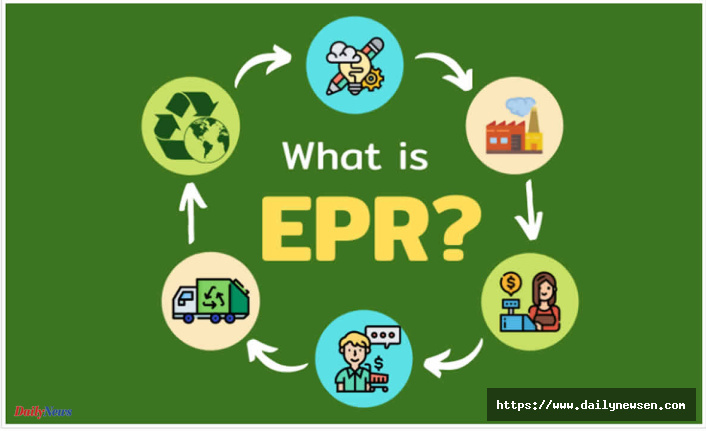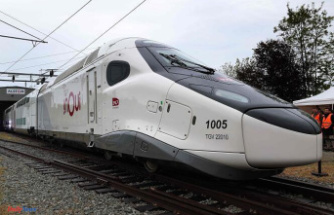With the growing ecological concerns in recent times, manufacturers must be more environmentally friendly. EPR, a relatively new measure earning momentum worldwide, is one of these practices. EPR is an obligation that the manufacturer should take responsibility for the whole product life, from raw material to waste disposal.
Here are 6 fundamentals of EPR that a producer should be aware of.
1. Understanding EPR
The concept of Extended Producer Responsibility (EPR) involves putting a legal duty on manufacturers to manage the environmental footprint of their products during their whole lifecycle. This covers gathering, recycling, and exact disposal of materials after they become unserviceable in the products. The EPR passes the onus of waste disposal and the financial burden from taxpayers and municipalities to the manufacturers.
2. Product Design Considerations
A company is used to applying EPR to the whole idea of product design and what can be done to make it more sustainable from the beginning. This way, we can get various initiatives like keeping recyclable materials, reducing packaging, easily disassembling product design, etc. Manufacturers can apply the concept of ecosystem consciousness to the design phase, and the environmental effects of products can be decreased with the development of this approach.
3. Supply Chain Collaboration
Cooperating with retailers and waste management terminals is of primary significance to constructing a coping system to pick up and sort out recyclables. The manufacturers’ participation in cross-supply will help them maximize the environmental benefits of EPR and improve EPR’s implementation as it passes through all its various stages.
4. Consumer Education
EPR does not only depict the manufacturers’ duties; clients are also essential here. Educating consumers about the right disposal of recycling is a must for the effective operation of the EPR programs. Vendors can use various marketing tools, such as advertisements, product labels, and educators, to promote responsible and sustainable consumption and disposal.
5. Financial Implications
The EPR may have some off-setting expenses for the manufacturers, but it also can be essential for developing business systems in the long run. Consequently, EPR would lead the firms to cost-saving and increase their competitiveness. An intelligent EPR system is vital to let manufacturers understand the financial consequences of implementing such a system well in advance to ensure they are adequately prepared and grab the cost savings and income-generating.
6. Continuous Improvement
EPR is not just a process but a systematic check on the initiatives, and thus, it should be involved continuously in monitoring, evaluation, and development. Companies are expected to follow up EPR strategy with clear targets and timelines regularly and, when necessary, to change policies to reach the goals of environmental improvements. This might require developing new technologies, amending processes, or amplifying recycling facilities. By becoming a part of a culture of incessant improvement, manufacturers keep abreast with the ebb in the requirements, take up mitigating risks and show their green commitment.
EPR exposes the challenges and opportunities manufacturers face during production. Working through the EPR model, manufacturers meet regulatory demands, and participate in the growth of a more environmentally responsible future. EPR acceptance concerns Earth and plays an advantage in business reputation, innovation introduction, and long-term corporate performance.












